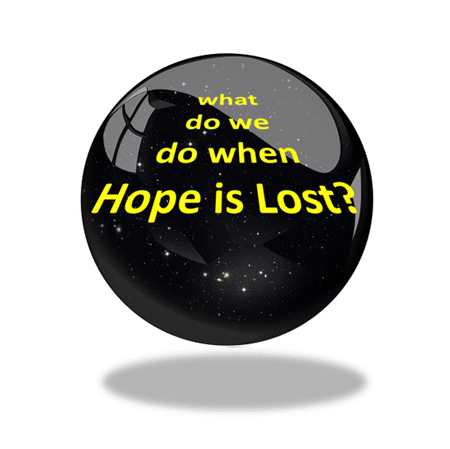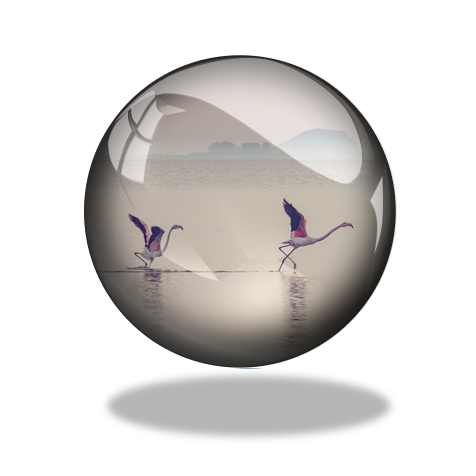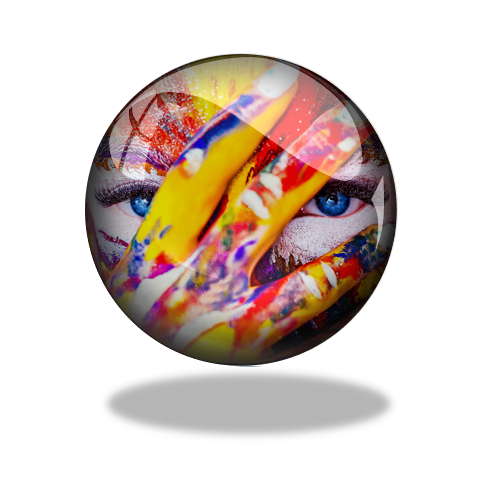Transcript
Rumi, the 6th Century Poet and Philospher, asked:
Why, in all the plenitude of God’s great universe, do you choose to fall asleep in this small, dark prison?
He was speaking to us all. He was speaking of the human condition. There are always prison walls – subconscious patterns that limit our thinking.
These Paradigms are patterns or constraints that have become so familiar to us that we have ceased to be cognitively aware of them. We literally don’t know that they are there, but we behave, automatically, as though they are. And we limit our ‘freedom of movement’ within them.
Early in my thirties, I was blessed to be put on a course by my employer, which was all about identifying and breaking these paradigms.
Leaving a room by the window rather than the door seemed such a stupid thing to do at the time, and I was quite taken aback at the sense of release we collectively felt when we did it.
The point, you may realise, was not that ‘stupid’ things are good things. It was that intentionally doing something ‘stupid’ does something in your subconscious that re-establishes you as the pilot of parts of your life where you had drifted to becoming an unconscious passenger.
It was about walking through an invisible wall. It was about appreciating that there are far more choices around us, every moment, than we allow ourselves to realise.
So, the challenge in
Adventure number 2 is about identifying a wall, and stepping beyond it. It is about taking an existing habit, pattern or convention and …,
for at least one time…, seriously considering doing it differently. Not conventionally differently, but
unconventionally differently, to see how that feels.
To be frank, in practical terms, it is unlikely to improve things. But in spiritual terms I am hoping that it might begin to awaken something new.
It will seem weird. It will attract criticism (albeit probably unspoken). It will likely prove counterproductive to material progress. But it is not about that.
It is about, for a moment at least, expressing your freedom and seeing the view from that different place – good or bad. It is about saying: ‘Yeah, what I just did may not be me … but this, … this me you think you know, … this is NOT all there is!’
It is about being the pilot again, and nudging the joy stick to the right, just to prove ‘you can’.
And it is about asking your spirit: Are you awake? Are you ready to play? Are you ready to knock down some walls? And about feeling what comes back at you. If only for a moment.
Part of my inspiration for this adventure was a response I received to my request for ideas for adventures. It was from a past client and friend called Dave. Dave has really been through the mill over the past few years. And he has seen a lot of what he previously perceived as his life ripped away from him. He wrote:
‘Sinking to deep lows’ has created a resilience within me, such that I am much more accepting of ‘now’, not concerned too much about what might happen, where I will be, or what I am doing. So that I can enjoy what I have much more, appreciate the situation, and also stand back and do what makes most sense. I feel very lucky in this regard, particularly when I see others who have what seem to be self-generated pressures, and are trapped, by their lack of knowledge, from trusting themselves to let go and come out the other side.”
It strikes me that, here, Dave has captured the essence of an ‘adventure mindset’. His words remind us of the fact that so many people who have been to the bottom, come back up with a more profound sense of life and living. They offer us a means to ‘learn’ without necessarily having to go through the ‘lesson’. If only we can muster the courage to take an honest look at ourselves without the trauma that forces that perspective upon us.
A sentiment from Bette Midler’s song, The Rose, resonates here. Perhaps it is the soul that has accepted death, which really recognises the value of living. The soul that has faced the abyss of all these things, that no longer lets ‘fear of them’ rob it of the journey toward them.
THAT soul knows the abyss can arrive without warning, whatever you do. It is a soul that has confronted the false logic of: denying itself the experience of ‘living’ for fear of losing that same experience.
“That’s not ‘me’ …” ???
Is that the ‘me’ that sleeps, in the shadows, imprisoned by invisible walls?
Or is that the ‘me’ that makes my heart leap and my soul sing?
Contrary to popular misconception, my Christian faith teaches that Jesus came that we should “have life, and have it in the fullest possible way”
My hope is that Adventure number 2 in some small way helps YOUR soul along that path.
God bless you.
 But when we see a world around us which is struggling. And we see evil go unchecked and unpunished. The things we value are being lost. And it all seems to be heading in the wrong direction. What then happens to our hope?
But when we see a world around us which is struggling. And we see evil go unchecked and unpunished. The things we value are being lost. And it all seems to be heading in the wrong direction. What then happens to our hope? And for those of us that lead or influence organisations, we have to ask ourselves, what are we doing to increase hope? Where are our people placing their hope? And what is the role of our organisation in inspiring and channeling that hope? How do we and our organisation become creators of hope?
And for those of us that lead or influence organisations, we have to ask ourselves, what are we doing to increase hope? Where are our people placing their hope? And what is the role of our organisation in inspiring and channeling that hope? How do we and our organisation become creators of hope? What is needed is what we call adventurous vision. A creative expansion of the perspective of the organisation and the people within it. A shared picture of a future that matters, and which creates meaning for all involved in it. Something that makes a real difference for the people within the organisation, and the people they interact with outside of it. A pursuit that offers them a sense of pride in the difference they will make – what they truly, confidently, HOPE to achieve.
What is needed is what we call adventurous vision. A creative expansion of the perspective of the organisation and the people within it. A shared picture of a future that matters, and which creates meaning for all involved in it. Something that makes a real difference for the people within the organisation, and the people they interact with outside of it. A pursuit that offers them a sense of pride in the difference they will make – what they truly, confidently, HOPE to achieve. The two most important things in creating adventurous visions are conversation, and asking the questions ‘Why?’ and ‘What if …?’.
The two most important things in creating adventurous visions are conversation, and asking the questions ‘Why?’ and ‘What if …?’. History? Really?
History? Really?














